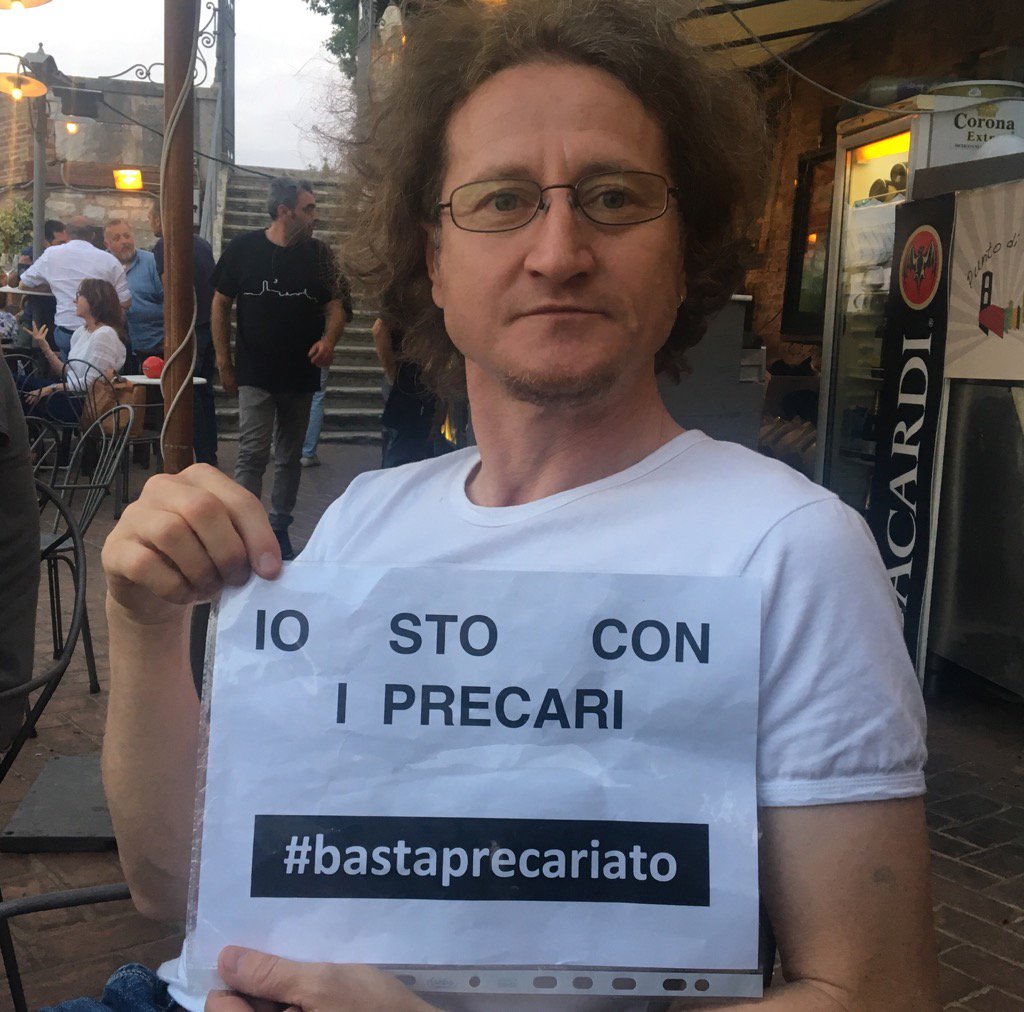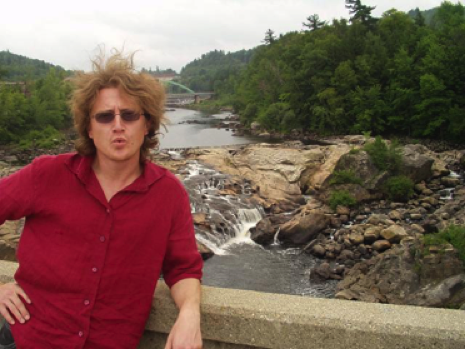Massimiliano (Massi) Alvioli graduated in physics and works at the Italian National Research Council, Research Institute for Geo-Hydrological Protection. He mainly deals with numerical modelling of landslides on a large scale. He likes to apply parallel and distributed computing techniques borrowed from his physics background and the HPC world to the geosciences domain, trying to bring HPC awareness into this potentially enormous user base.
Massi, tell us a bit about yourself.
My current job is at the Italian National Research Council, specifically at the Research Institute for Geo-Hydrological Protection (CNR IRPI). The Institute is nation-wide, with five offices: I work in Perugia. We specialize in the study and assessment of geo-hydrological hazards, mostly landslides and floods. I am interested in landslide modeling, both with so-called physically-based models and with statistical models.
The use of HPC techniques in the geosciences world is very challenging, and thus interesting, for various reasons. First, typical applications are very demanding in terms of the CPU, RAM and I/O requirements. Second, geo-data exist in either raster (i.e. matrix) or vector format, and the interoperability of the two usually requires working with databases, not a trivial issue when it comes to high performance. Third, virtually any application dealing with geo-data was born as a desktop application, with a few, more versatile exceptions: most of the HPC-like improvements must be worked out as exploits of the original application capabilities.
How did your career path lead you to HPC?
I landed at CNR IRPI after a few post-doc positions. I graduated from the University of Perugia, where I obtained my PhD (Italian Dottorato di Ricerca) in 2003, specializing in Theoretical Nuclear Physics. Afterwards, I stayed in Perugia for a 5-year post-doc in the same field.
Then I moved to the United States thanks to a two-year post-doc at the Pennsylvania State University, and then came back to Italy, to Trento, where I worked at the European Centre for Theoretical Studies in Nuclear Physics and Related Areas (known as ECT*) for two years until 2012. Both in the USA and in Trento I continued to work in Nuclear Physics, though a bit more on the phenomenology side. At this point I switched to my current job. The liason between the Physics-related work and my current job was computing, of course.
I started looking at parallel computing when I was an undergraduate student, back in the 1990s, and I learned from my fellow PhD students that you could put several desktop computers together and build your own computing cluster. Thus I decided to attend the CINECA parallel computing school in Bologna, and have never stopped using HPC techniques and facilities since then. I participated in the HPC-Europa mobility program several times, which allowed me to visit EPCC in Edinburgh, University of Glasgow, University of Manchester, Universitat Politècnica de Catalunya in Barcelona, CSC in Helsinki and University of Jyväskylä in Finland. I also participated in the DEISA Extreme Computing Initiative and, recently, obtained access to the Italian HPC facilities thanks to the CASPUR/CINECA HPC grants from 2010 through 2017. I took my last HPC course about parallel I/O and management of large scientific data last month at CINECA, in Rome. That is all to say that HPC surely was a relevant part of my career and I am grateful that I started looking into that when I was a physics student.
In addition to work in landslide modelling, I continue to keep in touch with the Nuclear Physics community, and enjoy doing some research in that field. Needless to say, a lot of my work in this sense involves numerical modeling and accessing HPC facilities. Recently, in my spare time, I have embarked with a few former colleagues on a rather different project, founding a startup devoted to disseminating technologies and innovations, including computing expertise, from academia to the private sector.
Why work in HPC? What are the exciting aspects?
In my experience, the computing community is so diverse that you hardly ever leave an HPC meeting without having learnt something new, even from seemingly different fields. The average HPC user can either be a Physicist, a Chemist, a Mathematician or a “pure” Computer Scientist, but they all share the same attitude to problem solving and need for smart and fast applications. Nevertheless, in my current research field, HPC techniques are vastly underrated: that is why I talk about awareness of modern computing capabilities. The challenge is to use existing and established technologies in fields like Geosciences, where they were historically not the main focus, at least for the vast majority of researchers in the public/non-profit sector. That is not counting meteorology, of course, which is probably one of the largest communities using HPC resources.
What are your plans for the future?
In the last few years, I have tried to take advantage of what I have learnt from the HPC community to develop applications for my current job. In doing so, I have found out that despite the huge number of researchers working in this field – just think that the European Geosciences Union general assembly which takes place in Vienna every year gathers about 15,000 participants with an even larger number of oral/poster presentations – when you go to the HPC world little is done in this direction. For example, when accessing HPC facilities, you can’t find the basic geo-spatial tools in the list of available software.
My aim for the near future is to explore the possibilities of further improving the use of high performance resources in my field of research, and I believe it is feasible and worth doing. We have one general purpose GIS (Geographic Information System) application which is probably the best candidate for such an effort. I already have installed and used the software with success on Galileo@CINECA. The next step would be to develop a custom, HPC version of the GIS in order to make it useful for a vast number of users.

Massi supports the movement against temporary employment contracts for researchers.

